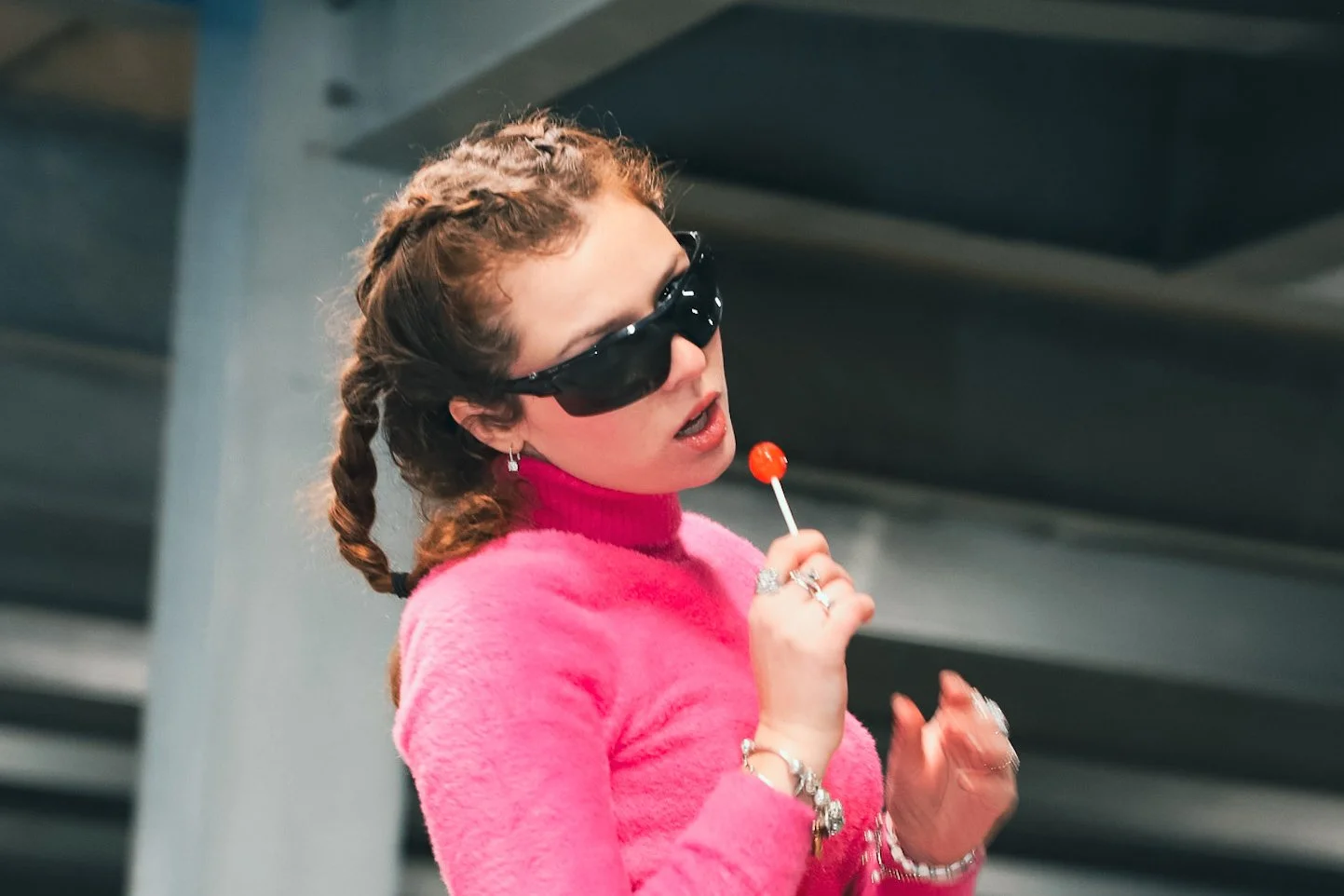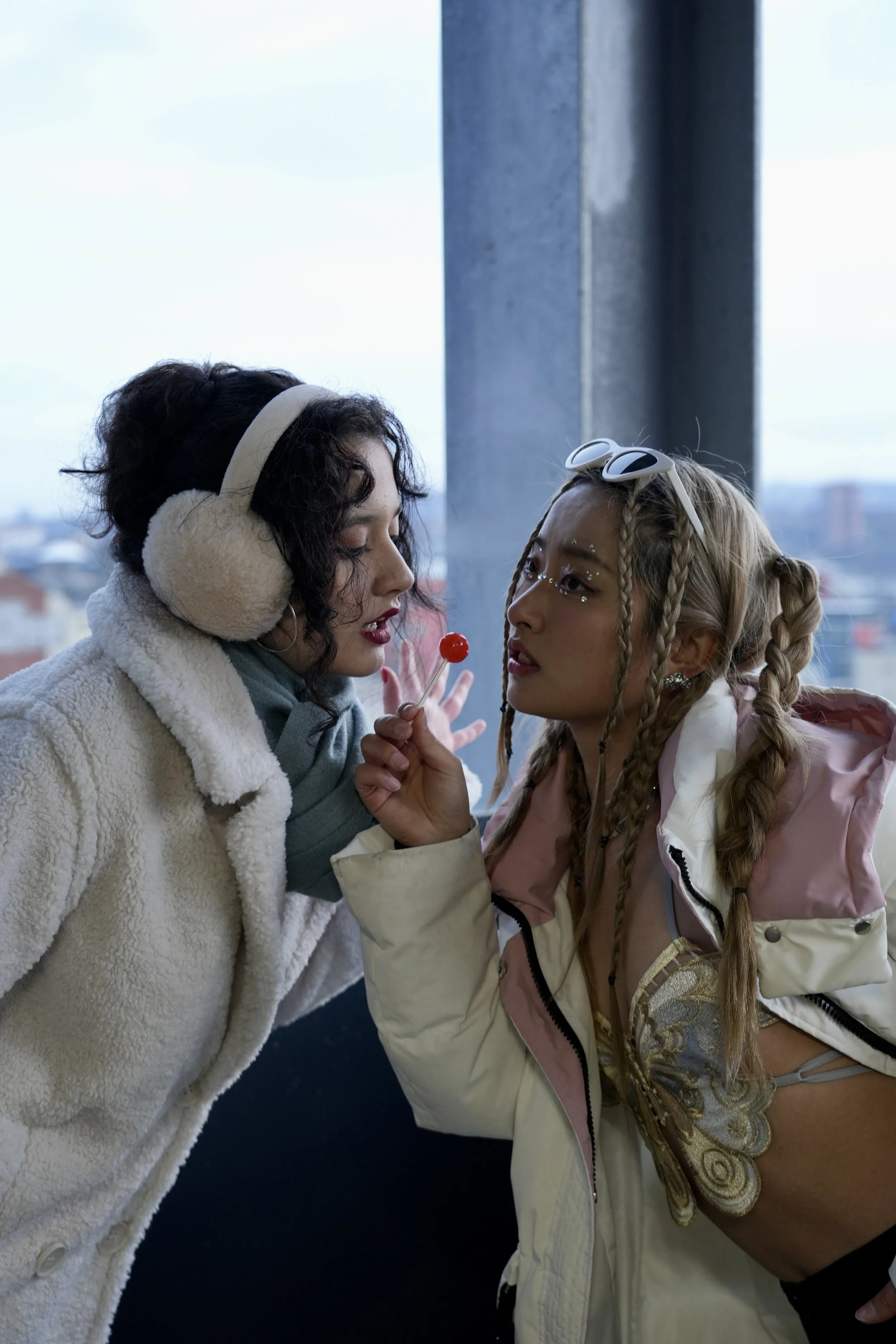Pop Culture: Drag and Queer Culture's Influence

From music to fashion, from language to performance art, queer creativity has continuously shaped and redefined what we consider "popular culture." Icons like RuPaul, with his larger-than-life persona and signature aesthetic, have not only carved out space for drag in the mainstream but have also influenced high-fashion to embrace gender fluidity. Designers such as Alexander McQueen, Jean Paul Gaultier, and Jeremy Scott have consistently drawn inspiration from drag culture and queer artistry, pushing the limits of self-expression. In many ways, pop culture is not merely influenced by queer culture—it is infused with it.
Chappell Roan’s fashion choices reflect this influence in glittering ways. A living embodiment of theatricality and self-expression, her outfits are a melting pot of sequins, glitter, and bold colours, mirroring the unapologetic vibrancy of queer aesthetics. Having frequently spoken about her conservative Bible Belt upbringing and the suppression of her queer identity, Roan describes her exaggerated, maximalist fashion as a rebellious act. "Because I was not allowed to express that kind of showmanship in Missouri where I’m from, the pendulum has swung so far the other way," she explains. Whether she’s channelling a regal medieval queen at the 2024 MTV VMAs or transforming into a shimmering Statue of Liberty at the Governor’s Ball in New York, her looks are impossible to ignore. They are more than just eye-catching, they serve as a love letter to queer culture and a celebration of fearless self-expression. At the heart of all Chappell’s looks is the belief that fashion is at its best when it is boundary breaking, her looks channel the spirit that is at the heart of queer and drag culture.
Beyond fashion, drag has played a pivotal role in shaping the modern beauty industry. Many of today’s most popular makeup techniques such as overlined lips, cut-crease eyeshadow, baking, and contouring can all be traced back to drag and old theatrical traditions, where exaggerated makeup ensured performers' features remained visible under harsh stage lights. These techniques, pioneered by drag artists, eventually found their way into the mainstream, yet history has often overlooked their origins. Instead, they’ve been falsely attributed to celebrities like Kim Kardashian and Kylie Jenner, whose massive platforms popularised these styles but did not invent them.
Credit has slowly been reclaimed by the drag community due to prominent figures such as. His collaboration with MAC Cosmetics for the 1994 Viva Glam campaign was one of the first instances of a drag performer being embraced by mainstream beauty.
Then came RuPaul’s Drag Race, a cultural juggernaut that not only introduced the art of drag to wider audiences but also spotlighted the artistry behind it—especially the amazing makeup transformations. What started as a niche reality competition became a global phenomenon, earning multiple Emmy Awards and giving drag artists an unprecedented platform to showcase their talent.
At its heart, queer culture has always been about resilience, reinvention, and radical self-expression. From the underground ballroom scene of the 1980s to modern-day TikTok trends, queer artists and performers have consistently been the tastemakers of pop culture, pushing creativity into uncharted territory. While mainstream media often fails to acknowledge these origins, the truth is undeniable: the most iconic elements of contemporary fashion, music, and beauty owe their existence to the influence of drag and queer culture. Without them, pop culture as we know it would be unrecognisable.
Written by Jess Hughes
(Photos by Amy Morton and Regina China)



